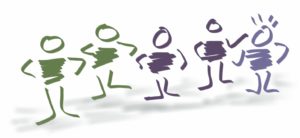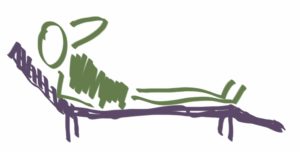How could something as simple as a stand-up be a potential invasion of privacy?
What if someone feels a bit unwell on the day and standing up in the same place for 15 minutes or more is very hard for them to do? What are their options?
 They could stay silent – after all, we want to be seen as part of the team and not a ‘party pooper’ by asking to sit down.
They could stay silent – after all, we want to be seen as part of the team and not a ‘party pooper’ by asking to sit down.
They could make an excuse – ‘apologies – I need to dash to another meeting’ – or something like that.
They could tell people what is wrong (which could range from a mild illness to something more severe).
We need to consider this when we lead teams. We should not expect people to share private information – there is no need for us to know some of these things, and in a normal workplace, it’s not a problem.
Many Agile ways of working and workshop facilitation methods, fail to fully consider diversity and inclusion. When we do consider diversity, we will offer ways for people to opt out of activities in ways that allow everyone to ‘save face’ and maintain their private information.
My ask of the Lean and Agile communities is to take a moment, pause and consider the above – let’s ensure that our ways of working are fully inclusive and not causing discomfort to anyone.

